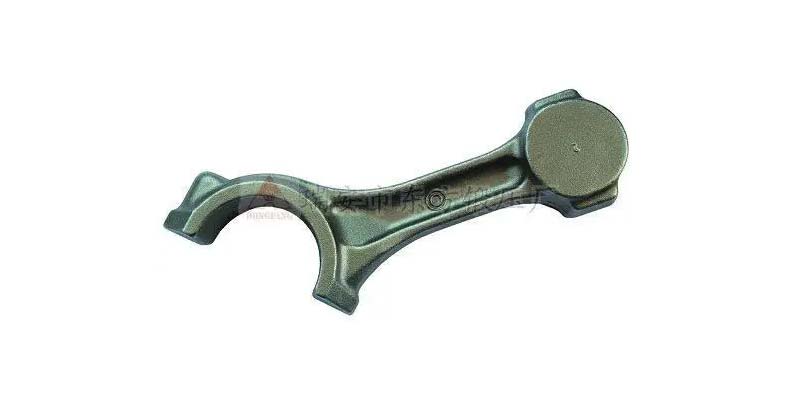- Contact Innally, Let you purchase forgings in China more favorable prices, products more assured!
- Hotline:+(86)15038323776 Email:innally@innally.com
What are the types of connecting rod forgings?
- Category: Thermal forging, Titanium alloy forging
- |
- Date: 16/11/2023
there are many kinds of connecting rod forgings, and different classification methods can be divided into different types. Understanding the characteristics and application scenarios of different types of connecting rod forgings is helpful to better choose and use suitable connecting rod forgings.
Product Details
Connecting rod forgings can be divided into many types according to different classification methods. Among them, the common classification methods include the following:
Classification by material: According to the different materials used, link forgings can be divided into steel link forgings and aluminum alloy link forgings. Among them, steel connecting rod forging has high strength and stiffness, which is suitable for high-power engine and heavy-duty machinery; The aluminum alloy connecting rod forging has light weight and good thermal conductivity, which is suitable for cars and other light vehicles.
Classification by shape: According to the different shape, connecting rod forgings can be divided into straight connecting rod forgings and crankshaft connecting rod forgings. Straight connecting rod forgings are mainly used to connect the movement between two parallel axes, transfer torque and withstand bending force; The crankshaft connecting rod forgings are mainly used to connect the movement between the crankshaft and the piston, transfer power and withstand the impact.

Classification by process: According to the different manufacturing process, connecting rod forging can be divided into free forging connecting rod forging and die forging connecting rod forging. Free forging connecting rod forgings are made by free forging, which has a large processing allowance and a long processing time. The die forging connecting rod forging is made by die pressing, which has a faster production cycle and better dimensional accuracy.
In addition, according to different needs and application scenarios, other classifications can also be made for connecting rod forgings. For example, according to the different occasions of use, it can be divided into engine link forging and mechanical link forging; According to the different processing technology, it can be divided into rough machining connecting rod forging and fine machining connecting rod forging.
In short, there are many kinds of connecting rod forgings, and different classification methods can be divided into different types. Understanding the characteristics and application scenarios of different types of connecting rod forgings is helpful to better choose and use suitable connecting rod forgings.
nannan
INNALLY website editing, to provide you with forging related information
Related Products
Search
Forging center
- Steel forgings
- Aluminium alloy forging
- Titanium alloy forging
- Stainless steel forging
- Copper forging
- Automotive forgings
- Locomotive forging
- Bicycle forgings
- Motorcycle forging
- Rigging and fasteners
- Bearing forging
- Electric power fittings
- Marine forging
- Mechanical forgings for metalworking
- Mining machinery forgings
- Marine engineering forgings
- Construction machinery forgings
Popular product

© 2025. All Rights Reserved.






